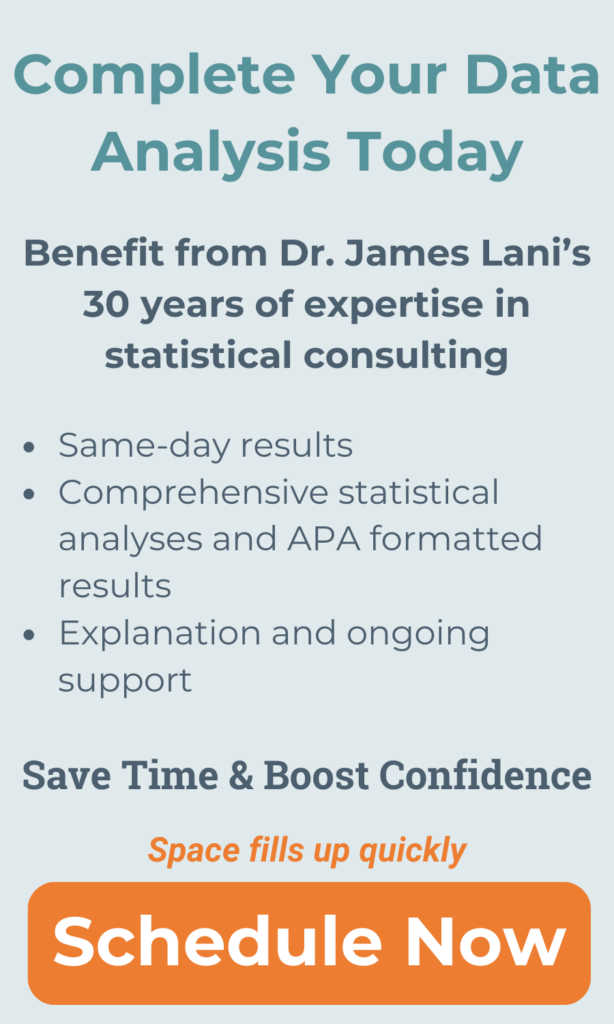Adult Attachment Scale (AAS)
The Adult Attachment Scale (AAS) was officially developed in 1990 but built on the earlier work of Hazen & Shaver (1987) and Levy & Davis (1988). The developers decomposed the original three prototypical descriptions (Hazen & Shaver, 1987) into a series of 18 items, thus creating the scale.
Attachment Styles
The scale consists of 18 items scored on a 5 point like rt-type scale. It measures adult attachment styles named “Secure”, “Anxious” and “Avoidant”, defined as:
Secure = high scores on Close and Depend subscales, low score on Anxiety subscale
Anxious = high score on Anxiety subscale, moderate scores on Close and Depend subscales
Avoidant = low scores on Close, Depend, and Anxiety subscales
Scale Items
The 18 items that compromise the measure are as follows:
- I find it difficult to allow myself to depend on others (Av)
- People are never there when you need them (Av)
- I am comfortable depending on others (S)
- I know that others will be there when I need them (S)
- I find it difficult to trust others completely (Av)
- I am not sure that I can always depend on others to be there when I need them (Ax)
- I do not often worry about being abandoned (S)
- I often worry that my partner does not really love me (Ax)
- I find others are reluctant to get as close as I would like (Ax)
- I often worry my partner will not want to stay with me (Ax)
- I want to merge completely with another person (Ax)
- My desire to merge sometimes scares people away (Ax)
- I find it relatively easy to get close to others (S)
- I do not often worry about someone getting close to me (S)
- I am somewhat uncomfortable being close to others (Av)
- I am nervous when anyone gets too close (Av)
- I am comfortable having others depend on me (S)
- Often, love partners want me to be more intimate than I feel comfortable being (Av)
Note: (S)= Secure, (Av)= Avoidant, (Ax)= Anxious/Ambivalent
Authors
Nancy L. Collins, Stephen J. Read
Reliability and Validity
Collins & Read (1990) reported Cronbach’s alpha coefficients of .69 for Close, .75 for Depend, and .72 for Anxiety. Test-retest correlations for a 2-month period were .68 for Close, .71 for Depend, and .52 for Anxiety.
Description and Scoring Information
To obtain permission to use this scale
The authors of this scale give researchers, students, and clinicians permission to use this scale for research, educational, and clinical purposes, and to adapt or translate the scale into new languages as needed. Please do not contact the authors for these standard uses. However, if you are interested in using the scale for commercial purposes, please contact the authors for permission.
Administration, Analysis and Reporting
Intellectus Consulting can assist the student or professional researcher in administering the survey instrument, collecting the data, conducting the analyses and explaining the results.
For additional information on these services, click here.
Dissertations Using the Adult Attachment Scale
Below is a list of dissertations using the AAS. The full version of these dissertations can be found using ProQuest.
Sirota, T. H. (1997). A comparison of adult attachment style dimensions between women who have gay or bisexual fathers and women who have heterosexual fathers. New York University).
References
Collins, N. L., & Read, S. J. (1990). Adult attachment, working models, and relationship quality in dating couples. Journal of Personality and Social Psychology, 58(4), 644-663.

If you’re like others, you’ve invested a lot of time and money developing your dissertation or project research. Finish strong by learning how our dissertation specialists support your efforts to cross the finish line.
